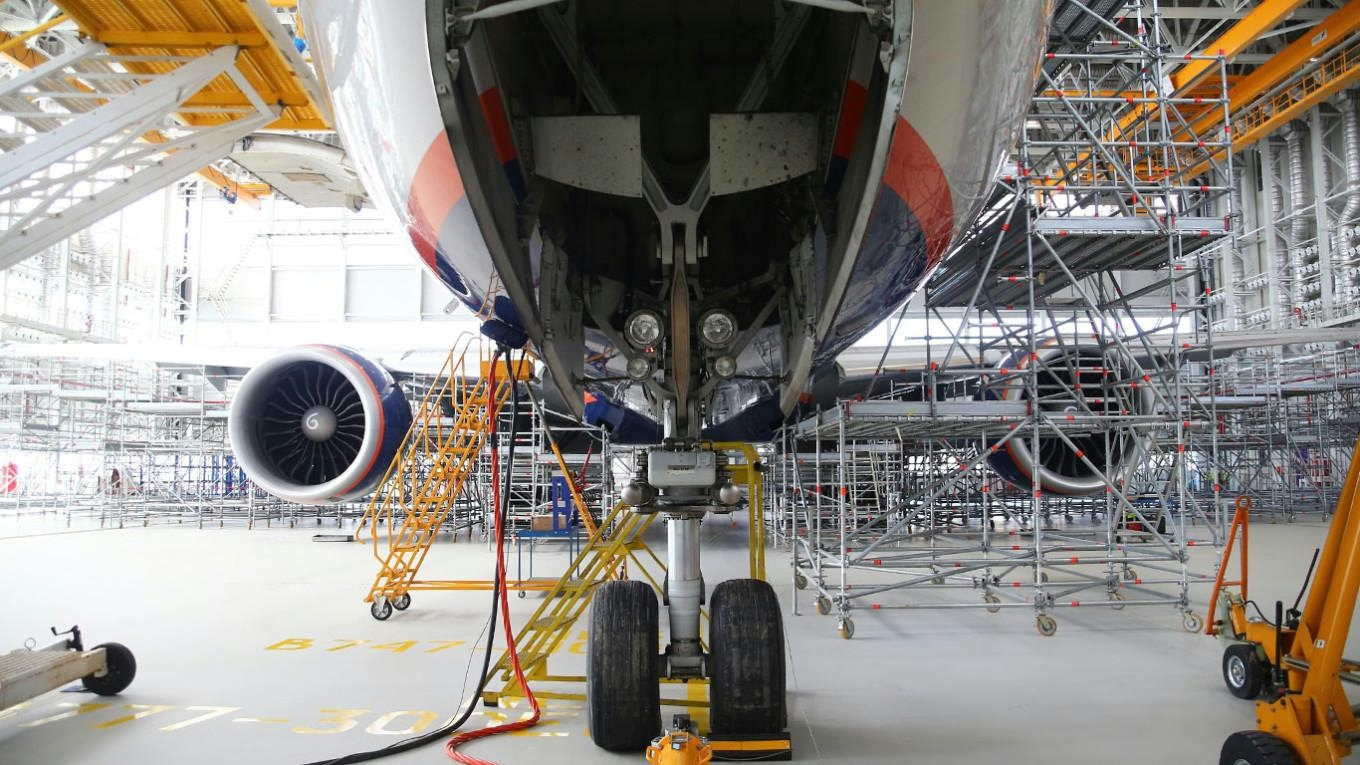
AeroGenie — あなたのインテリジェントな副操縦士。
現在のトレンド
Categories
AI Pricing Strategies Present Risks and Opportunities for Airline Investors

AI Pricing Strategies Present Risks and Opportunities for Airline Investors
The airline industry is experiencing a significant transformation as legacy carriers increasingly adopt artificial intelligence (AI) to refine pricing strategies. By 2025, it is projected that 73% of airlines will implement AI-driven pricing models, utilizing real-time data on demand, competitor activity, and customer behavior to dynamically adjust ticket prices and ancillary services. While these innovations hold the promise of enhanced profitability, they also introduce considerable risks related to consumer trust, regulatory oversight, and long-term viability—issues that are becoming pivotal in investor evaluations.
The AI Pricing Revolution: Promise and Challenges
AI-powered pricing systems enable airlines to segment customers with a level of precision previously unattainable. Delta Air Lines, for instance, has partnered with Fetcherr to apply generative AI to price approximately 3% of its domestic flights, with plans to increase this to 20% by the end of the year. These models adjust fares based on factors such as cabin class, booking timing, and historical demand patterns, while reportedly excluding personal identifiers like zip codes. Early results have demonstrated notably favorable unit revenues, yet the approach has sparked controversy.
Delta has encountered significant consumer resistance to its AI pricing strategy, driven by concerns over personalized pricing and the use of personal data. Despite assurances that its AI does not engage in discriminatory pricing, the initial lack of transparency has fostered broader industry skepticism. This distrust is reflected in a 2024 J.D. Power survey, where 68% of travelers expressed wariness toward dynamic pricing models.
Other carriers have adopted different approaches. United Airlines has taken a more cautious stance, employing AI primarily for operational efficiencies such as predictive maintenance and customer service, deliberately avoiding AI-driven pricing. This strategy mitigates regulatory risks but may constrain potential revenue growth. American Airlines has rejected AI pricing altogether. CEO Robert Isom’s declaration that “consumers must trust American’s fares” aligns with the company’s emphasis on environmental, social, and governance (ESG) principles, though this position contributed to a $473 million loss in the first quarter of 2025.
Regulatory and Ethical Risks on the Rise
The regulatory environment surrounding AI pricing is evolving rapidly. The Federal Trade Commission (FTC) and Department of Transportation (DOT) are expected to release guidelines on AI pricing practices by the end of the year, with particular attention to methods such as Delta’s use of customer lifetime value metrics. Regulators are likely to demand greater transparency, as opaque algorithms risk enabling implicit price discrimination and eroding consumer confidence. Should AI systems inadvertently disadvantage price-sensitive travelers while favoring high-value customers, airlines could face class-action lawsuits or antitrust investigations.
Beyond regulatory compliance, ethical considerations are increasingly significant. Airlines that prioritize AI-driven revenue optimization risk alienating passengers who value fairness and transparency. American Airlines’ focus on trust, despite short-term financial costs, may position the carrier advantageously if consumer sentiment shifts toward ethical corporate conduct.
Investor Considerations Amidst AI Adoption
For investors, the key challenge is identifying airlines that have implemented robust safeguards against the risks associated with AI pricing. Delta’s aggressive embrace of AI pricing, while currently profitable, exposes the company to potential regulatory and reputational risks if consumer backlash intensifies. United’s more balanced approach—leveraging AI for operational improvements without engaging in dynamic pricing—offers more stable returns with reduced controversy. Meanwhile, American’s commitment to transparent pricing could prove beneficial if regulatory bodies impose stricter controls on opaque AI models.
As AI continues to reshape airline pricing strategies, investors must carefully balance the allure of short-term gains against the growing risks of consumer distrust and regulatory intervention. The carriers that successfully integrate innovation with accountability and transparency are likely to emerge as the long-term winners in this evolving landscape.
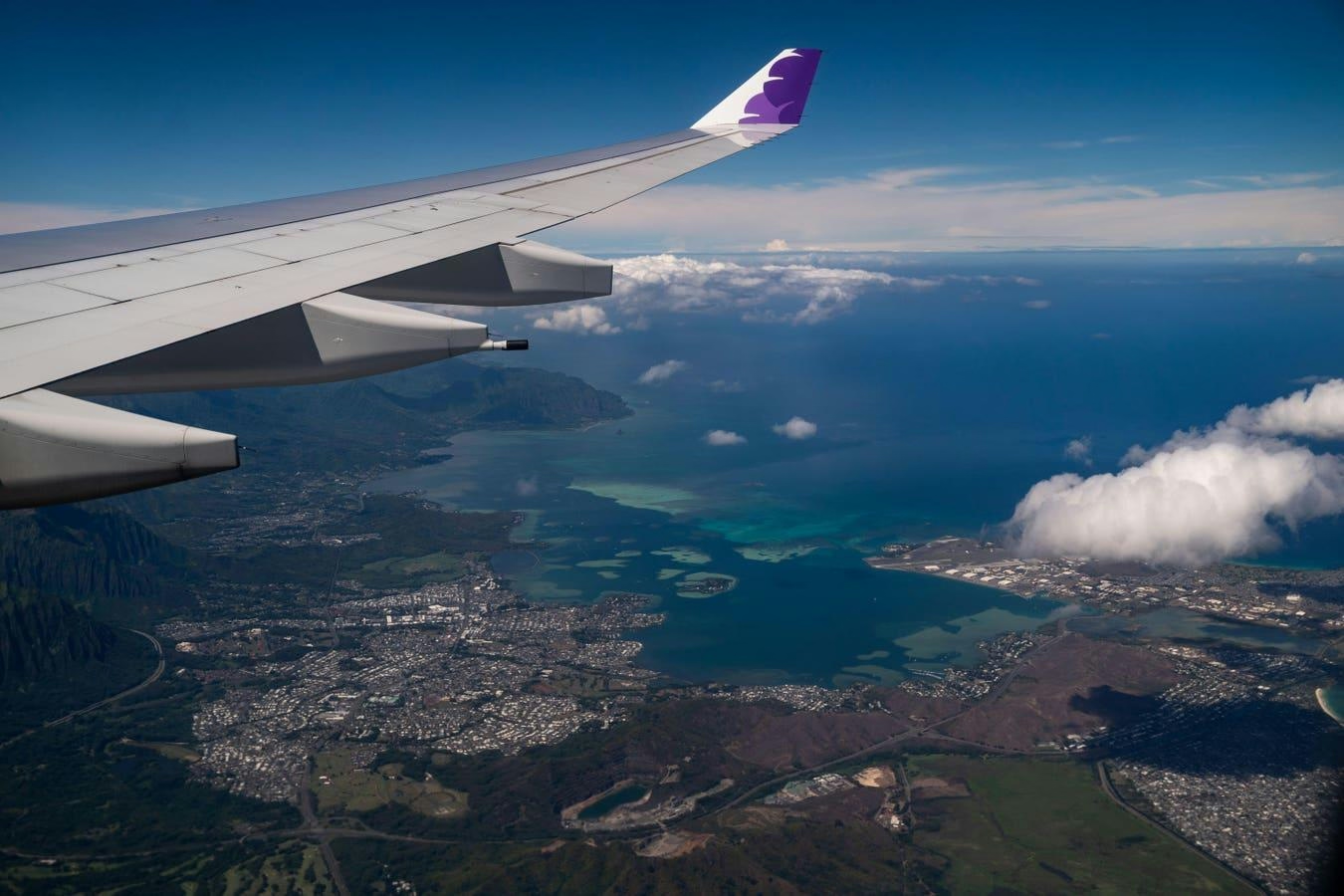
McNally Capital Expands Aviation Operations to Support Global Tourism

Two Young Climbers Begin Winter Ascent of McKinley

Elroy Air’s Autonomous Chaparral Delivers Lunch on A-to-B Flight
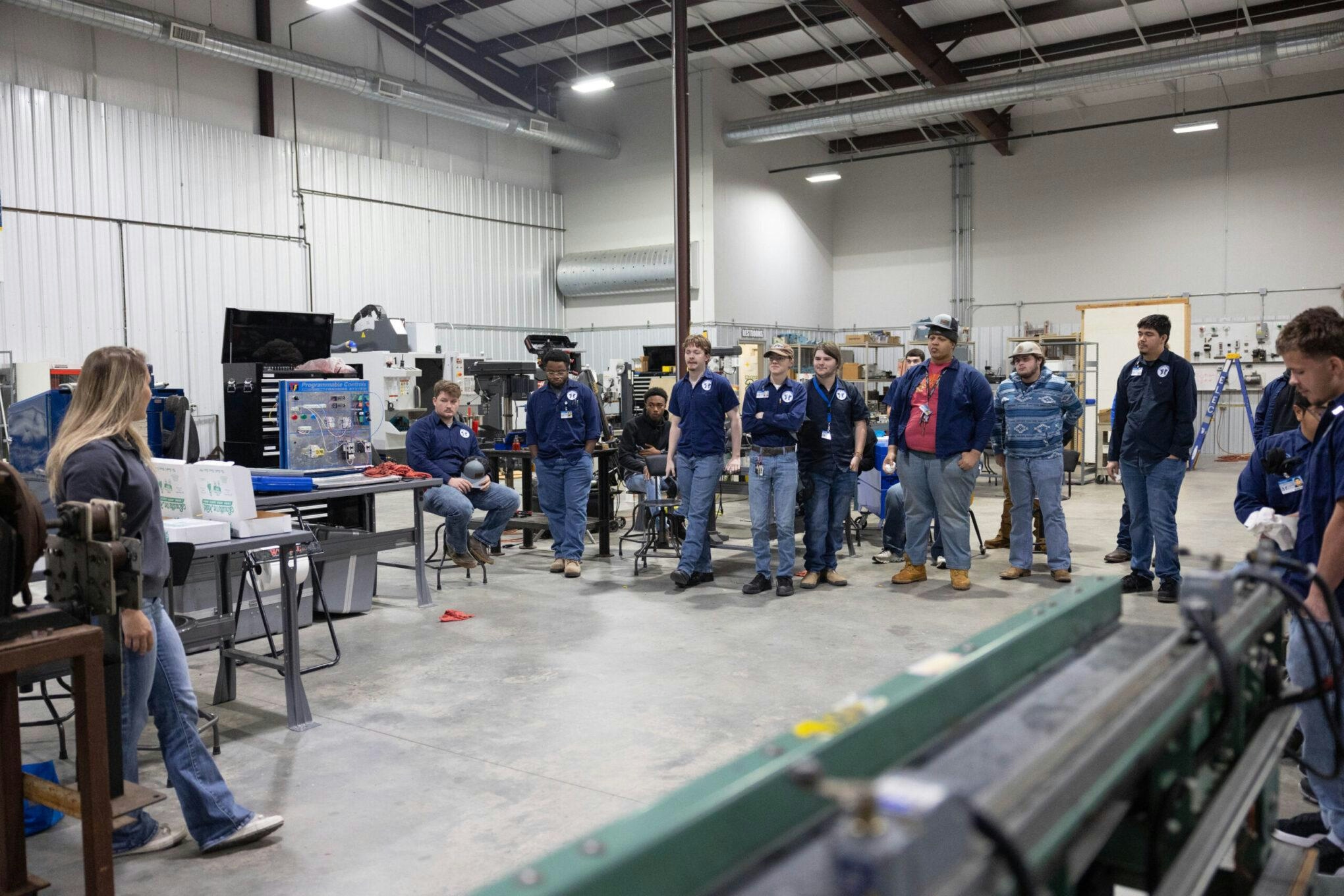
Texarkana College Holds First Graduation for Aviation Maintenance Technician Program
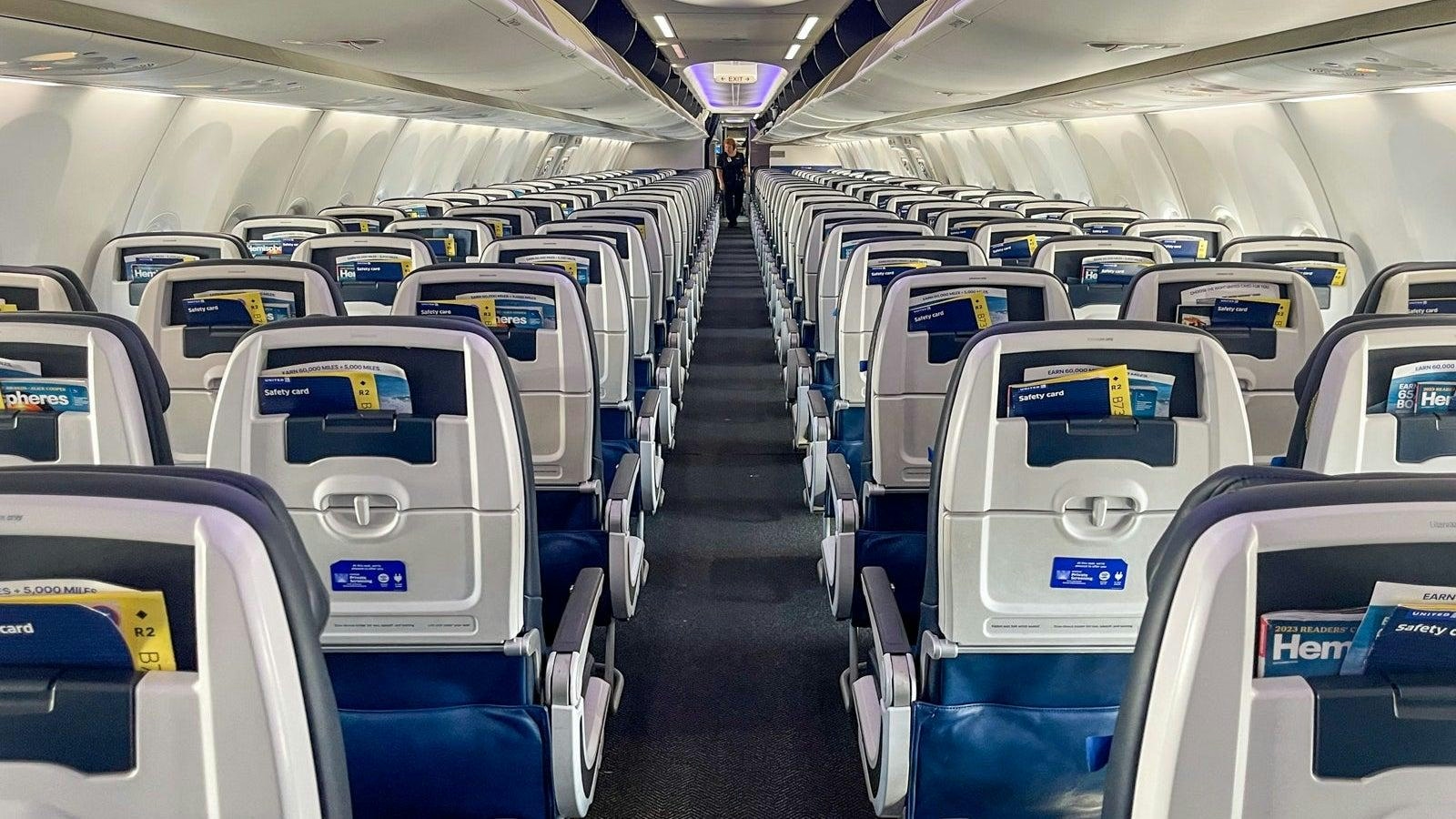
United’s 737 MAX 10s Have Flown Over 300 Hours Without Passengers

Airlines Adapt to Trade Disruptions and Supply Chain Challenges

AI’s Growing Energy Use Challenges Airlines’ Net-Zero Targets

China Southern Airlines Highlights AI Innovations at Guangzhou Conference
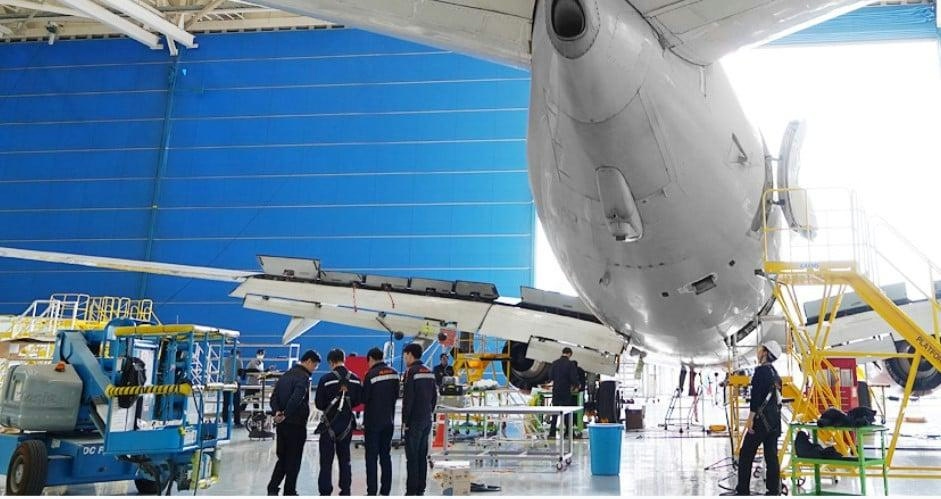
KAEMS Expands MRO Services with Tadpole Partnership
